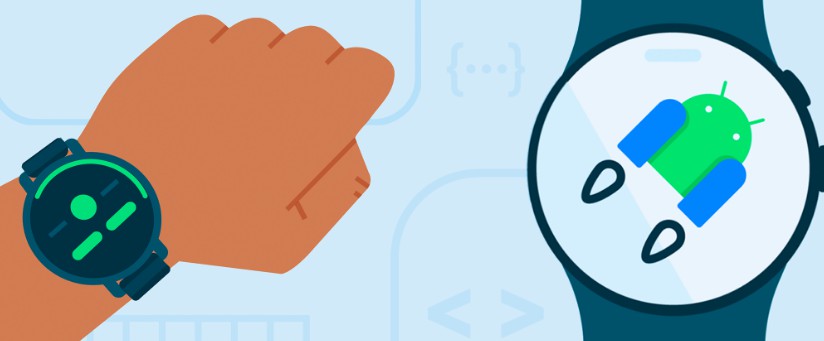Principles of Wear OS development

⌚ learning-android-wear-os

Tiles are full-screen surfaces which present information from a single app at a glance. With a simple swipe from the watch face, you can start a workout, jump to a message, or see details for the latest forecast, where each subsequent swipe lets you view the next tile.
Provide easy access to the information and actions users need in order to get things done. With a simple swipe from the wathc face, a user can find out the latest forecast or start a timer. A tile runs as a part of the system UI instead of running in its own application container. We use a Service to describe the layout and content of the tile. The system UI will then render the tile when needed.
The entry point for a tile ys a service. A class implementing a TitleService needs to specify two functions:
> onResourcesRequest(requestParams: ResourcesRequest): ListenableFuture<Resources> ->(Maps string IDs to an image resource)
> onTileRequest(requestParams: TileRequest): ListenableFuture<Tile> -> (Returns a description of a tile, including its layout. This is where define the layout of a tile, and how data is bound to it)
ℹ️ Horologist is a group of libraries from google, that aim to supplement wear OS developers with features that are commonly required by developers but not yet availble in Jetpack.
⚠️ Tile service functions have relatively short time-outs (in the order of seconds). Use WorkManager to schedule tasks and instead read tile state from local storage.
> MessagingTileRenderer -> extends the TileRenderer class (another abstraction from Horologist Tiles). It's completely synchronous - state is passed to the renderer functions